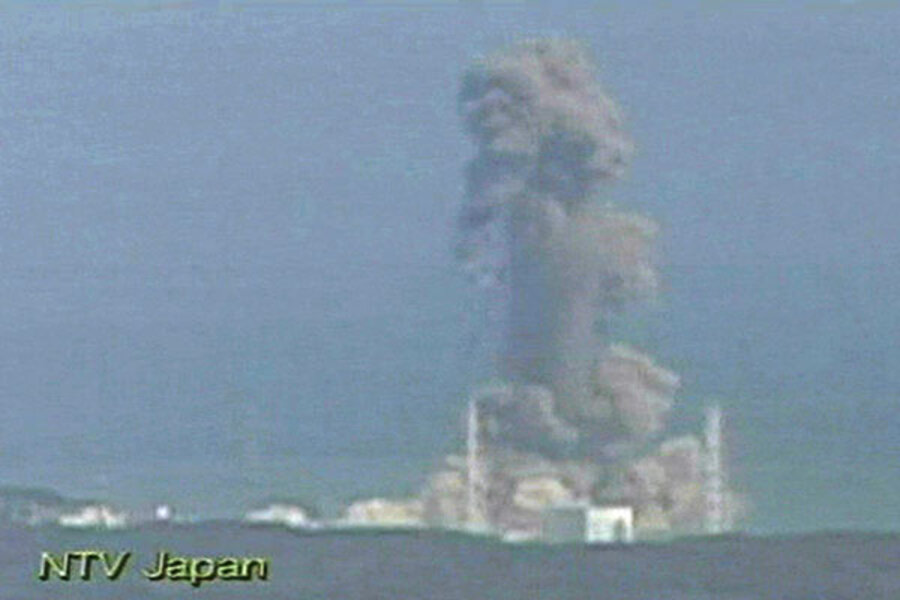Second explosion at nuclear power plant in Japan
Loading...
A new explosion hit Japan's Fukushima I Nuclear Power Station on Monday, two days after an explosion at a different reactor housing unit at the power plant. Japanese officials said cooling systems have also failed at a third reactor as a result of Friday's earthquake and tsunami that knocked out electricity to much of the region.
Plant operator Tokyo Electric Power Co. said 11 people were injured in the blast, which authorities said was probably a hydrogen explosion causing the roof and walls of the building to blow away, reported Japan Today.
Today's explosion has increased concern about a possible release of radiation, such as the fallout from Chernobyl that devastated Ukraine in 1986. However, a number of American and European scientists, as well as Japan’s nuclear safety agency, have downplayed that risk.
Despite Saturday's explosion at reactor No. 1 and Monday's blast at reactor No. 3, Japan's nuclear safety agency has said there is "absolutely no possibility of a Chernobyl"-style accident at the Fukushima I plant, according to the national strategy minister, reports The Daily Telegraph. While the explosions blew the roof off each of the reactor containment buildings, officials said the reactors themselves remained intact.
"Everything I've seen says that the containment structure is operating as it's designed to operate. It's keeping the radiation in and it's holding everything in, which is the good news," Murray Jennex, of San Diego State University, told the Telegraph.
"This is nothing like a Chernobyl," he added. "At Chernobyl you had no containment structure – when it blew, it blew everything straight out into the atmosphere."
Japan has been attempting to control both overheating reactors with sea water – effectively rendering them useless for future use – at the Fukushima I plant after the cooling systems were shut down by Friday's 8.9-magnitude earthquake. Sea water was today also channeled into the No. 2 reactor, where the cooling system has also shut down.
Authorities have evacuated some 210,000 residents within a 13-mile radius of the plant, according to Australia's ABC News. Radiation levels have measured above normal around the plant, raising fears of contamination to the surrounding area.
The nuclear plant is about 240 kilometers north of Tokyo on the country's northeast coast. The Japan Meteorological Agency says wind over the nuclear complex will blow south today and then shift east, potentially sending any radioactivity inland.





